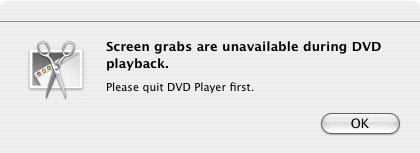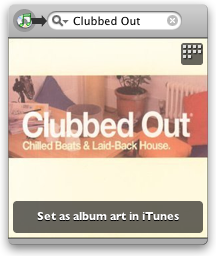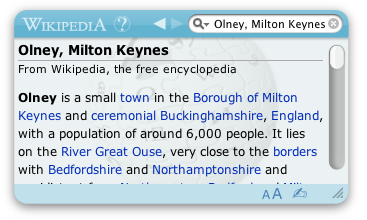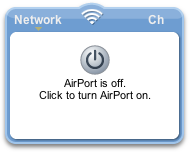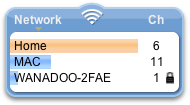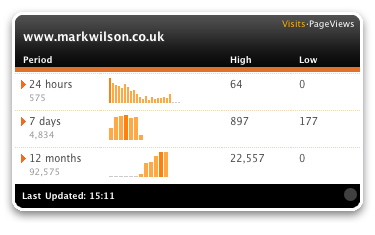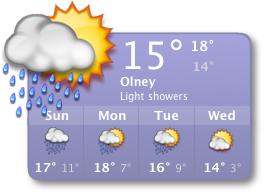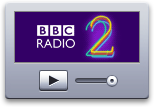Coming from a Windows background, I’m used to grabbing a copy of the entire screen using the PrtSc key or the current window with Alt+PrtSc. When I first bought my Mac, I couldn’t work out how to do this without using the Grab application (which seems a little cumbersome for a simple screen shot) until Alex explained to me that, like so many things in OS X, there is some arcane keyboard shortcut that feels like it will induce a permanent strain on my fingers to do the job for me (I used to think the Ctrl-Alt-Del three finger salute was bad enough). I keep forgetting the keystrokes, so I’m blogging them here:
- Command+Shift+3 – capture entire screen and save as a file
- Command+Control+Shift+3 – capture entire screen and copy to the clipboard
- Command+Shift+4 – capture dragged area and save as a file
- Command+Control+Shift+4 – capture dragged area and copy to the clipboard
- Command+Shift+4 then Space – capture a window, menu, desktop icon, or the menu bar and save as a file
- Command+Control+Shift+4 then Space – capture a window, menu, desktop icon, or the menu bar and copy to the clipboard.
For more on this, see the O’Reilly description of OS X screenshot secrets, which also links to a really useful hack to take a screenshot from DVD Player in OS X – simply type screencapture -i ~/Desktop/dvd.png in a terminal window, then hit Space and click on the DVD Player window to avoid the annoying restriction illustrated in the error message below.
